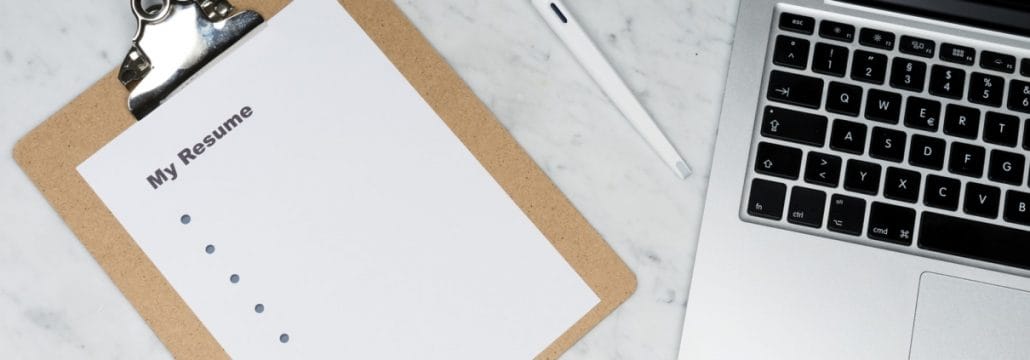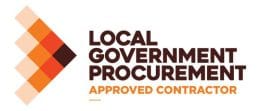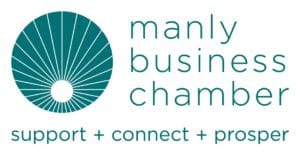How To Write A Resume That Works – An 8-Step Guide
Looking for a new job can be a daunting process, especially if you haven’t updated your resume in years. What should you include? What should you leave out? What is the best format to use?
We’ve partnered with professional resume writers Inky Lake to bring you some answers in this.
8-Step Guide to writing a resume that works.
1. Keep It Short and Simple
Stick to a readable font, like Arial, Times New Roman or Calibri, throughout. You can still play around with bold and italics to highlight important features.
Keep it short: 1-2 pages is the ideal length for a resume. No recruiter will take the time to wade through more than that.
2. Contact Details
Gone are the days when you needed to provide a full address, telephone and fax number on your resume. Just include your name, email address and mobile phone number.
Ensure your email address is professional and appropriate. megisonholiday@hotmail.com is fun when you’re sharing news with family and friends, but recruitment managers may not be so amused.
3. Personal Summary
A snappy overview of your skills and experience is a great way to catch a recruiter’s eye at the start of your resume. A couple of carefully-worded sentences should do the trick!
4. Key Skills
This is another useful feature to include early on in your resume, especially if you are starting out on your career journey, or planning to switch to a new role. Pick out 4-6 skills you wish to highlight, such as strong communication skills and proven leadership – and use bullets so they stand out.
Ensure you also provide evidence of your skills throughout your resume.
5. Professional Experience
Start with your most recent role and work backwards. For each position, make sure your job title, company name and dates of employment are clearly visible. Briefly, in 4 or 5 bullet points, describe your key responsibilities and ensure you focus on your achievements in each role.
Limit the content of this section to jobs you have held in the last 10 years. You can summarise earlier professional experience later in your resume.
6. Qualifications and Licences
Create a separate section in your resume to draw attention to your credentials. For many jobs, a qualification at a certain level is essential; the same applies to licences.
7. Interests
Many applicants choose to leave interests off their resume, but you may wish to include them, especially if you are a recent school leaver without much work experience or someone returning to work after a career break.
Interests can highlight skills and abilities that are invaluable in a professional context, like leadership, motivation and organisational ability. So, if you captain your local soccer team, or have recently travelled solo around Asia, use the experiences to your advantage when you are looking for a job.
8. Referees
Again, including referee details is a personal decision. Just make sure that anyone you nominate knows about your job search and has agreed to act as a referee. Ideally your referees should be individuals you have recently worked with, or personal contacts who know you well.
Now it’s time to put these tips to work. Good luck!
For more information on how to write a resume that works, contact Laura at Inky Lake on 0451 024 742 or by email on inkylake.resumes@gmail.com Prices from $50 for a comprehensive review of your existing resume.
Laura is a small business copywriter with over 15 years’ experience in the recruitment space (agency and in house). She has screened thousands of resumes in her time and will make yours stand out from the rest.









